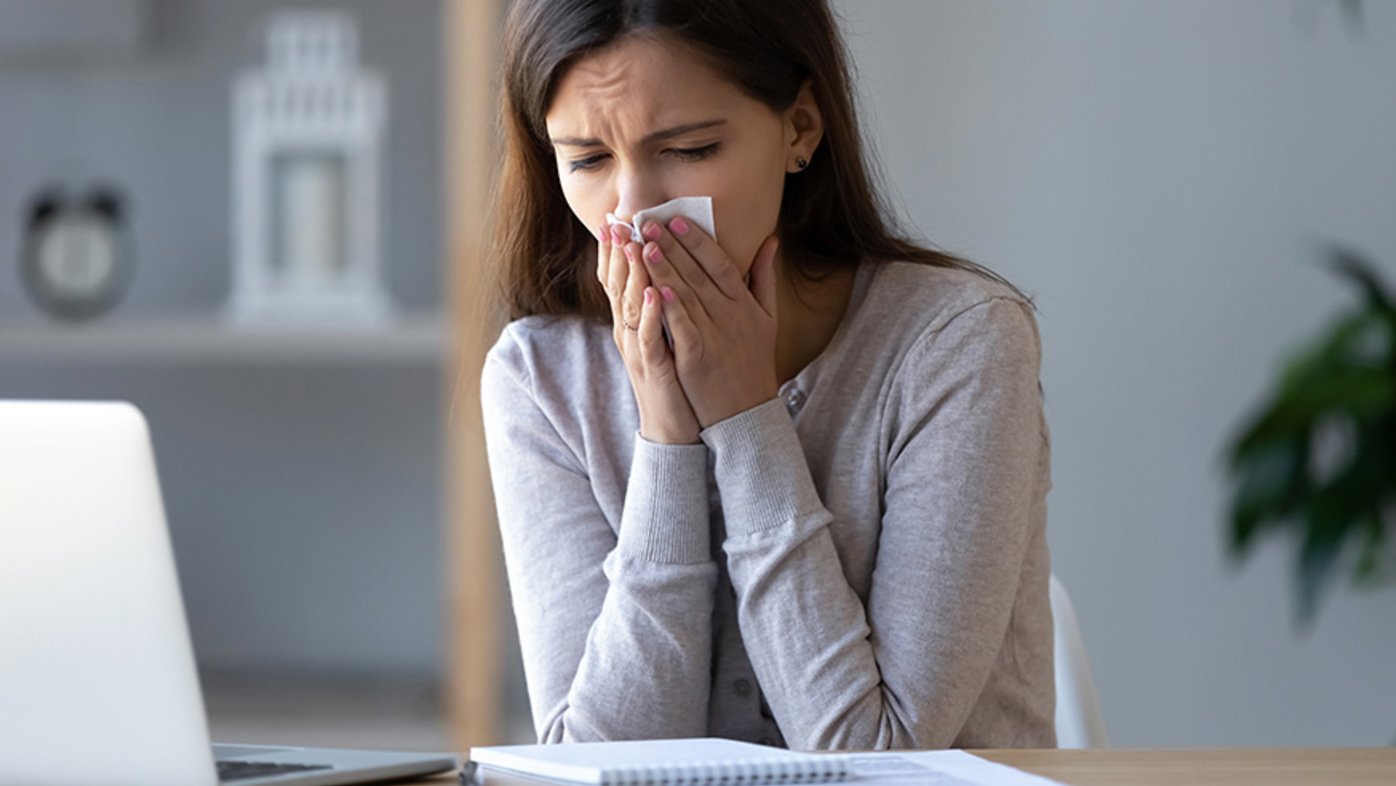
Relief for chronic sinusitis
An ENT doctor answers questions about common treatments for chronic sinusitis.
Who can forget the macho scene in "Jaws" where Richard Dreyfuss' and Robert Shaw's characters immortalized the phrase "I got that beat" by upping each other with scars they received during various adventures?
Although almost everyone has a scar with a story behind it, many of us would rather do whatever we could to minimize its appearance — or even prevent a scar from forming in the first place. So what works and what doesn't? We asked Dr. Hector Salazar-Reyes, a plastic and reconstructive surgeon with Sharp Community Medical Group, to help clear up some of the misconceptions about scars and about the best way to treat a wound to minimize scarring.
What types of wounds are more likely to turn into scars?
All wounds will turn into scars — all of them — some more visible than others. Wounds more prone to scar poorly are ones that were caused by trauma (car accident, animal bite, a fall, etc.); wounds that get infected; wounds that are localized in specific parts of the body, such as the shoulders and the middle of the chest; and wounds in people that are prone to scar aggressively — like those that scar with keloids or hypertrophic (wide) scars.
What is the best way to care for a wound to minimize scarring?
Good hygiene of the area is important to avoid infection. In general, the gauze or bandage should be clean and dry at all times, so change it as needed. You should also protect the wound from further trauma; hide the area from sunlight; and, if there is any concern that it will turn into an "ugly scar," schedule an appointment with a plastic surgeon.
Do you need to let a wound "air out" so it heals properly?
During the first 24 to 36 hours, wounds benefit from a closed humid environment; but after this period, there is no further benefit and letting the wound breathe is beneficial. Protecting the wound with gauze that will allow the wound to "air out" will be enough.
Is it important to leave scabs untouched for as long as possible?
Sometimes leaving a scab in place will allow the area to heal, but sometimes having a scab prevents wounds from healing and removing the scab will expedite the healing process. It is better to address this on a case-by-case basis with your doctor. If a specific area receives repetitive trauma (removing a scab over and over), the tissue will become inflamed and it can scar poorly.
What is the best hydrating cream to help healing and minimize scarring?
There are multiple products available to aid for a better healing process, but what has been proven to help is the pressure that is exerted during the time of application of a product — the actual effect of rubbing. In addition to this mechanical effect, some medicated scar gels have shown to have good results. The key is to perform these applications with certain firmness and to do it consistently.
Are cocoa butter and antibiotic ointment good to use?
Cocoa butter is good to use, not only because of its moisturizing effect but also because of the rubbing effect. I would not recommend antibiotic-based ointments because when these are used without the presence of an actual infection they can alter the skin's natural "flora" and cause an infection.
Once you have a scar, is there anything you can do to remove it or lighten it?
You can do several things to scars to make them look better, hide them or change their aspect. These recommendations include scar gels, injections, laser treatments, dermabrasion and sometimes surgery.
If you have a scar you'd rather not boast about, Dr. Salazar-Reyes recommends you visit a plastic surgeon for an evaluation on how you can reduce its appearance.
Our weekly email brings you the latest health tips, recipes and stories.